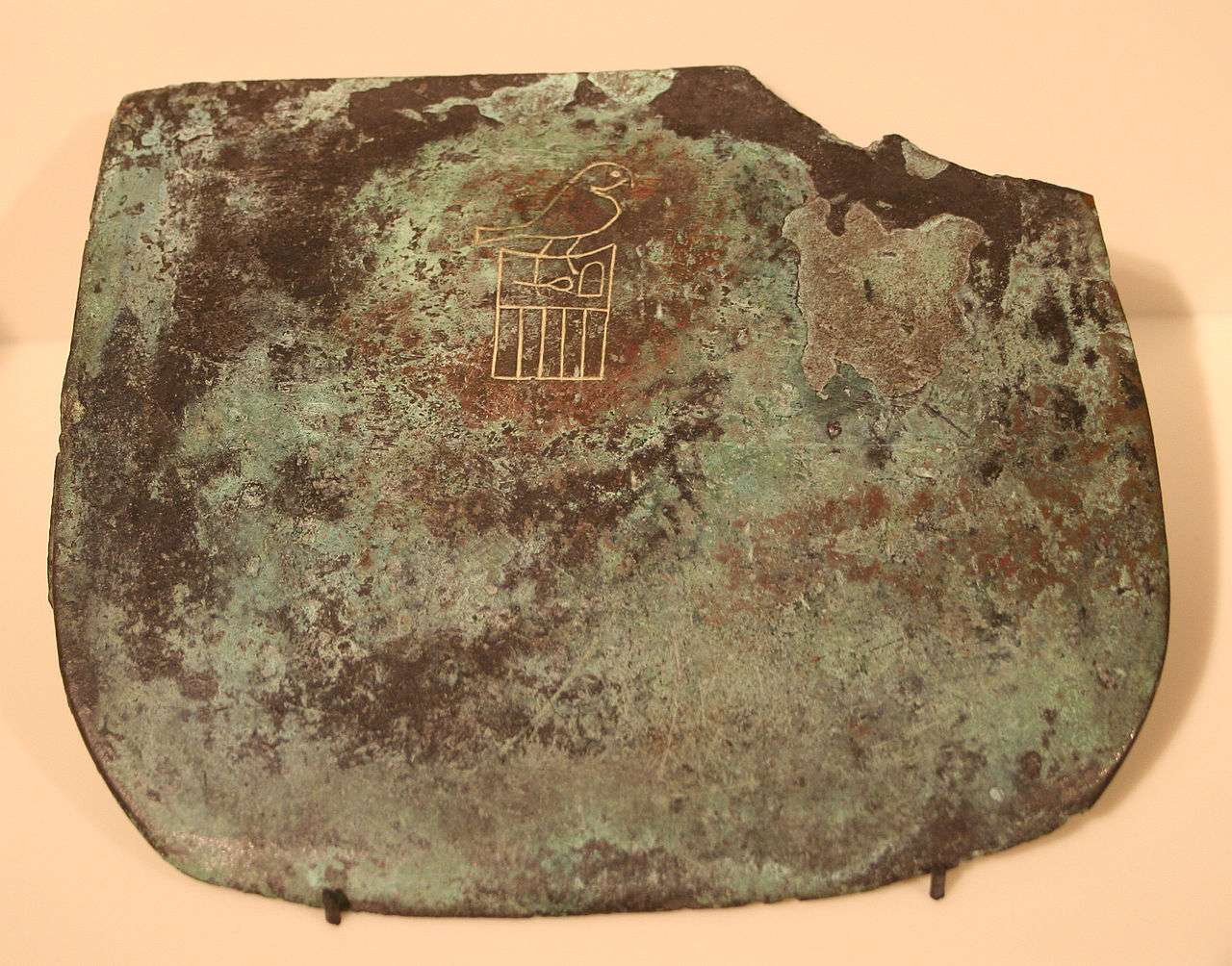Ancient Egypt has known urbanization since ancient times, and the city of “Enb Hadj” or “The White Wall,” which was the first unified capital of ancient Egypt at the beginning of the dynastic era .
Hussein Abdel Basir, director of the Antiquities Museum at the Bibliotheca Alexandrina said the unity of Egypt gradually took place from the south to the north, as Egypt were united civilly and then politically under the banner of the eternal god Horus, who was sanctified in the city of El Kab, near the city of Edfu in the present-day Aswan Governorate.
The southern merchants played a major role in transmitting and spreading their culture in the north.
Upper Egypt was united under one rule, one brigade and one banner after a series of wars and thanks to a number of peaceful alliances.

This new city was founded by Anab Hadj, the unified king "Hor Aha", meaning "Horus the warrior", who bore the title of "Mini" meaning "the installer" or "the one who supported" the pillars of the unity of Heliopolis, which is known in our time by the common word "Mina," .
Egyptians in all the following ages appreciated this king, who was the first king of the united Egypt, and the only king, succeeded in unifying the country after many attempts by many kings and eliminating the political conflict and military strife that lasted for a long period of time before his glorious reign.
Abdel-Basir added that King Mina made many achievements, the most important of which was the unification of Egypt and the establishment of this new capital of the country.
Herodotus, the father of history, said that the priests of the capital told him that Mina was the first human to rule Egypt and that king built the “White Castle” or “Casablanca.”
It means the city of "Enb Hadj" at the head of the Delta.

This new capital is located on the western bank of the Nile and is about twenty-four Km to the south of the current capital of Egypt, Cairo.
It is in a strategic location between the Nile Valley and the Delta, where Upper Egypt meets the Delta, as well as trade routes. The archaeological evidence indicates that the site of this chosen capital has existed since the pre-dynastic era.
One of the most prominent features of this capital was the administrative buildings such as the white building that contained the royal residence and government offices,.
Abd al-Basir asserted that the first warrior king of Egypt was the pharaoh Hor Aha, meaning the “warrior falcon,” whose name shows the nature of the period in which he lived. As previously said.
During the reign of his father, King Narmer, the last king of the Zero Dynasty, this king witnessed a long era of political and military conflicts across the Egyptian land as a whole.
It is worth noting that the Egyptian land was united civilly and religiously under the banner of the god Horus, who fought under his banner his followers until the political unity was completed from the south to the north in stages, the end of which reached the depths of the Egyptian Delta, as we mentioned before.














